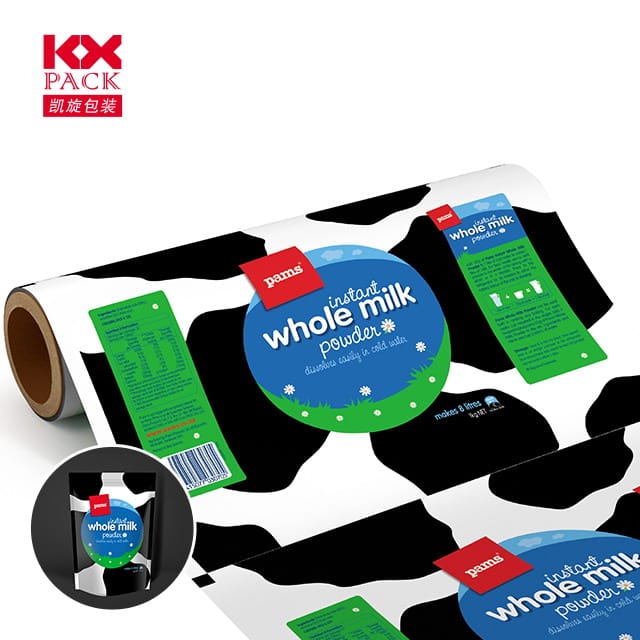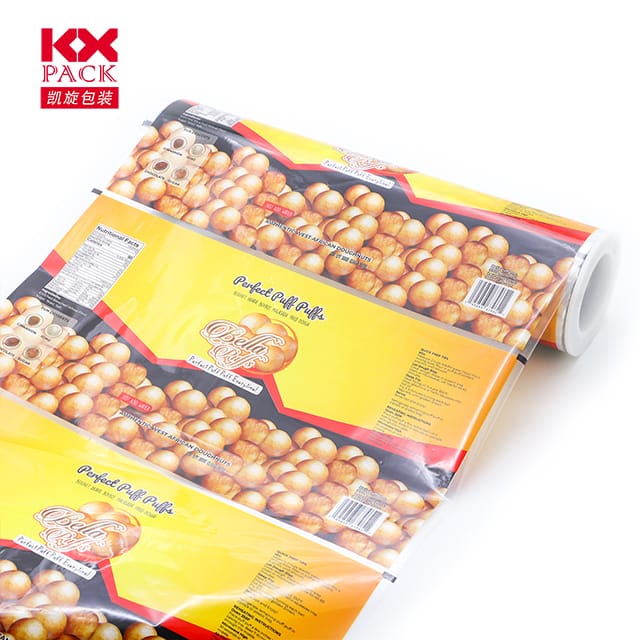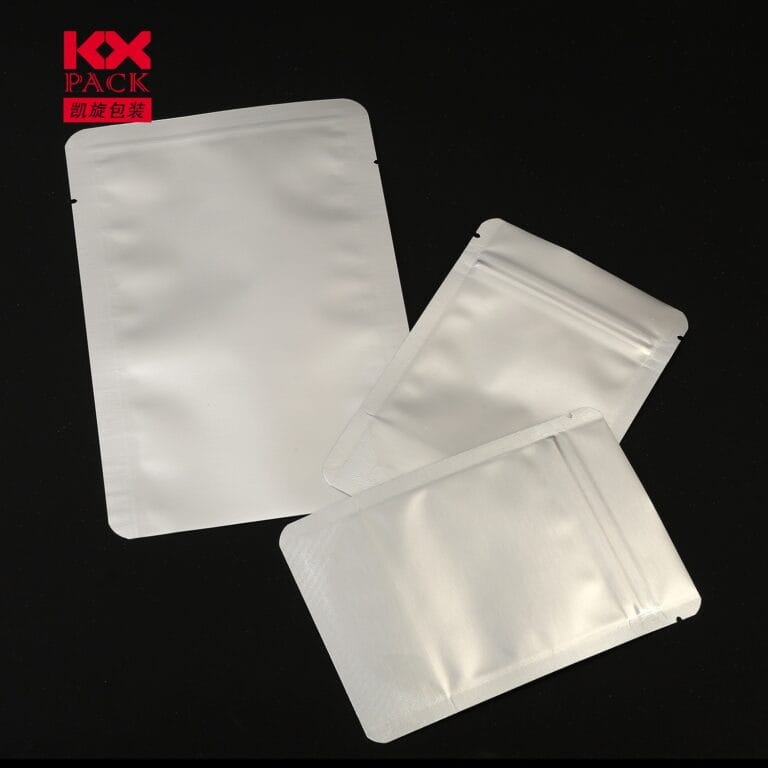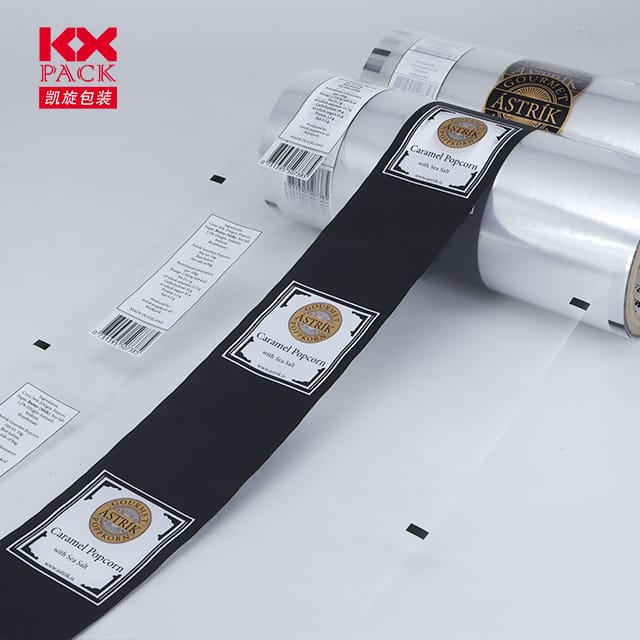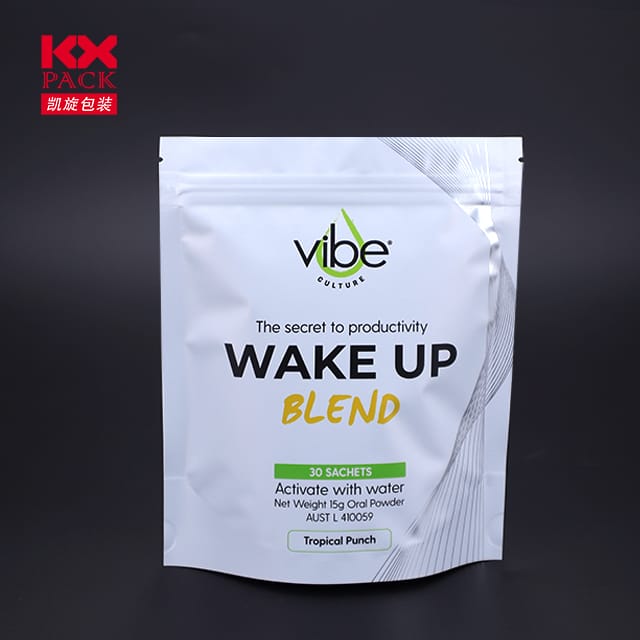Erkundung der Entwicklung und Innovationen von Filmplastik: Ein umfassender Überblick (2)
Film Kunststoff
The term “Film Kunststoff” bezieht sich auf eine vielseitige Kategorie von Dünn, Flexible Materialien aus Polymeren abgeleitet, Eine entscheidende Rolle in Branchen spielen. Von Verpackungslösungen bis hin zu fortschrittlichen technologischen Anwendungen, Filmkunststoffe haben moderne Fertigungs- und Verbrauchergewohnheiten verändert. Dieser Blog befasst sich mit ihrer Bedeutung, Jüngste Innovationen, und zukünftige Trends.
1. Die Stiftung: Types and Applications
Film plastics encompass a range of materials, einschließlich Polyethylen (SPORT), Polypropylen (PP), Polyester (HAUSTIER), and biodegradable polymers like PLA. Ihr leichtes Gewicht, dauerhaft, and cost-effective properties make them indispensable in:
- Verpackung: Food-grade films extend shelf life, while industrial films protect goods during transit.
- Landwirtschaft: Mulching films improve crop yields by retaining soil moisture.
- Elektronik: Conductive and insulating films enable high-performance circuit boards.
- Medical Devices: Sterile packaging and implantable materials rely on biocompatible films.
2. Market Dynamics and Growth
The global film plastic market is experiencing steady expansion, getrieben von:
- Rising Demand: The packaging sector, particularly in emerging economies, fuels consumption.
- Technologische Fortschritte: Innovations like nanotechnology and multi-layer coextrusion enhance film functionality.
- Sustainability Initiatives: Regulatory pressures and consumer demand push for biodegradable and recyclable films.
According to industry reports, the market size was valued at approximatelyUSD 787 billion in 2022 and is projected to reachUSD 963.7 Milliarden von 2029, with a CAGR of 2.9%. Key players include China, the U.S., and Europe, where industries are rapidly adopting eco-friendly alternatives.
3. Innovationen, die die Zukunft prägen
3.1 Functional Films for Specialized Needs
- Antifog and Antistatic Films: These prevent condensation and static buildup, critical for electronics and food packaging.
- Hochbärkerfilme: Used in food and pharmaceutical packaging, they extend product shelf life by blocking oxygen and moisture.
- Smart Filme: Incorporating RFID tags, Temperatursensoren, or QR codes, these films enhance traceability and consumer engagement.
3.2 Nachhaltigkeit: The Green Imperative
- Biologisch abbaubare Filme: PLA (Polylactsäure) and other bio-based polymers reduce environmental impact. Zum Beispiel, LVMH Group uses PLA-based films for luxury packaging.
- Recycelter Inhalt: Brands like Coca-Cola and Mars are adopting 100% rPET (recycled PET) in their packaging, signaling a shift toward circular economy practices.
- Lightweighting: Reducing material thickness without compromising strength—such as PepsiCo’s 10% lighter 330ml PET bottles—cuts costs and carbon footprints.
3.3 High-Performance Films for Emerging Industries
- Automotive Lightweighting: Films like PA6/12 and PPE+PA composites reduce vehicle weight, boosting fuel efficiency. BMW’s i3 and Toyota’s ISO Dynamics resin seats exemplify this trend.
- Elektronik: High-temperature-resistant films (Z.B., PEEK, PPS) enable safer, faster-charging EV batteries.
- Medical Innovations: Biocompatible films for drug packaging and implants, such as Astellas’ bio-based blister packs, improve patient safety.
4. Challenges and Opportunities
Despite progress, the industry faces hurdles:
- Waste Management: Single-use plastics remain a concern, necessitating better recycling infrastructure.
- Vorschriftenregulierung: Stringent environmental laws (Z.B., EU’s single-use plastic ban) require agile adaptation.
- Kosten vs. Nachhaltigkeit: Biodegradable films often cost more, limiting adoption in price-sensitive markets.
Jedoch, these challenges drive innovation. Collaborations between academia and industry, such as Amat Medical’s PLCL polymer stents, show promise in closing the gap between performance and sustainability.
5. The Road Ahead
The future of film plastics hinges on:
- Advanced Recycling Technologies: Chemical recycling of mixed plastics could unlock high-value applications.
- Intelligente Verpackung: Integration of IoT sensors for real-time product monitoring.
- Global Collaboration: Cross-industry partnerships to standardize sustainable practices.
Abschluss
Film plastics are more than mere packaging materials—they are enablers of innovation, Effizienz, und Nachhaltigkeit. As industries evolve, so too must these films, balancing performance with environmental responsibility. The journey ahead demands creativity, collaboration, and a commitment to a greener future.
What are your thoughts on the future of film plastics? Share your insights in the comments below!

